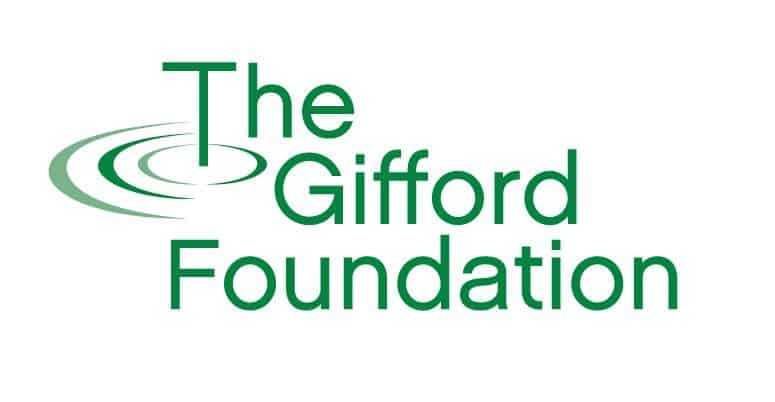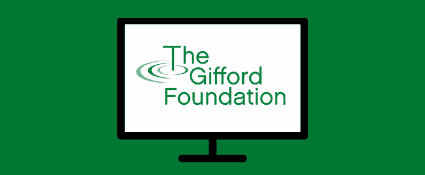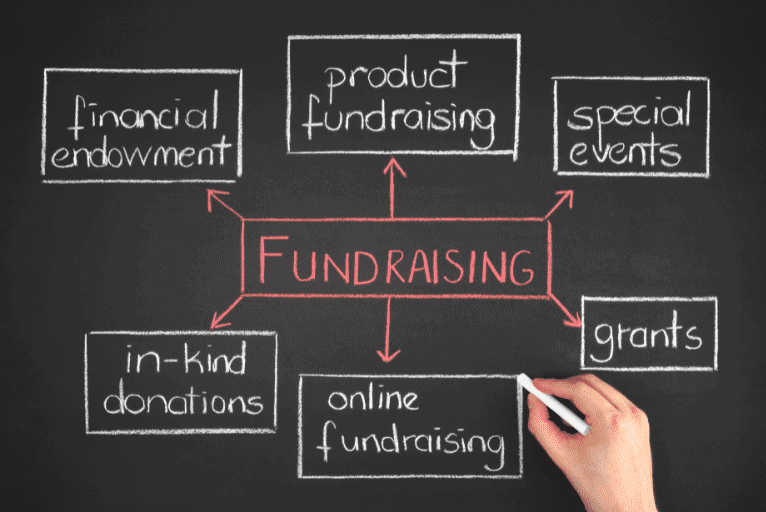
How CNY Nonprofits are
Maximizing Fundraising Revenue
The Syracuse Area Landmark Theater and the McMahon Ryan Child Advocacy Center are strengthening their donor bases and building a more financially sustainable future.
Published November 9th, 2021
The ongoing need to ask for funding is a challenge that unites nearly all nonprofits. Fundraising is endless, difficult, and often time consuming. Yet when the pandemic arrived, private donations proved to be one of the few revenue sources that did not dry up. Today’s public health reality means that event-based revenue is no longer a reliable option, and this has created a surge of innovation in the nonprofit community as organizations reimagine how they connect with their audiences.
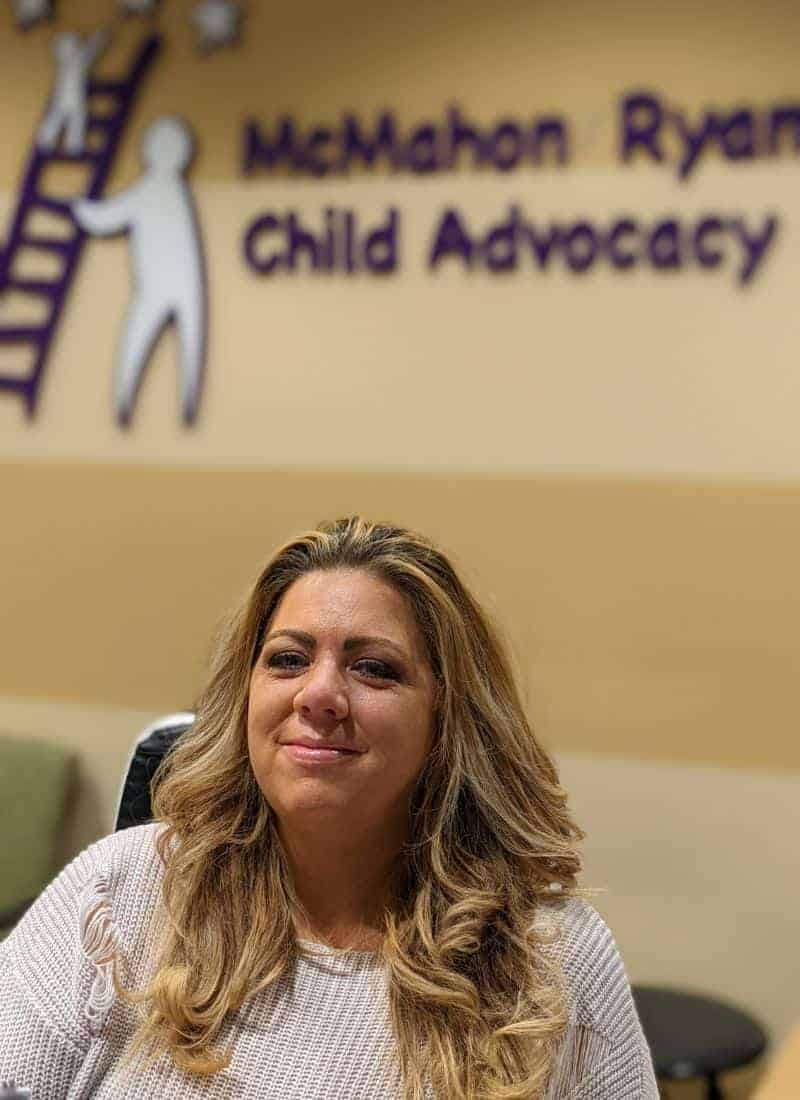
McMahon Ryan
The McMahon Ryan Child Advocacy Center is dedicated to abuse prevention, intervention, and education. As they continue to expand their services, they are simultaneously investing in strong internal systems around fundraising and data sharing. Executive Director Colleen Merced shared with us how leveraging new donation software has not only increased revenue, but also led to better donor relations and more efficient record keeping.

The Landmark
The pandemic left Executive Director Mike Intaglietta no choice but to close the doors of The Syracuse Area Landmark Theater (SALT). But instead of just waiting for things to return to normal, he began seeking grant dollars to invest in a fundraising consultant team. Now, they are launching an ambitious plan to attract larger donors than ever before and strengthen the relationship they have with the community they serve.
Through her tenure as Executive Director of the McMahon Ryan Child Advocacy Center, Colleen Merced has seen firsthand how upfront investments in strategic planning and tech can pay big dividends over time. When she first began working at McMahon Ryan, the agency’s database system for tracking donors was lying dormant and unused. Over the past several years, Merced and her staff have put in the time to learn the nuances of their donor software and integrated it into the day-to-day operations of their organization. Through a recent Gifford grant, they have been able to upgrade to their donor system’s highest tier which allows for unlimited donor record management and unlimited training for unlimited users within their agency.
Merced advises that when selecting a donor management platform, integration is one of the most important considerations you can make. “With my donor system, I can push a button and it uploads all the data to our QuickBooks. That saves time because my finance person no longer has to manually input all that data and the development team doesn’t have to manually track it either. You could potentially save on an entire position by doing that because everything is in one place.” Despite the high initial investment in these systems, the long-term payoff is well worth it if leveraged correctly. “No one wants to spend $20,000 on a database. And I’m one of the cheapest people out there, my board can tell you that,” Merced says with a chuckle. “I will make sure I get everything I can for every penny I spend. Our donors respect that.”
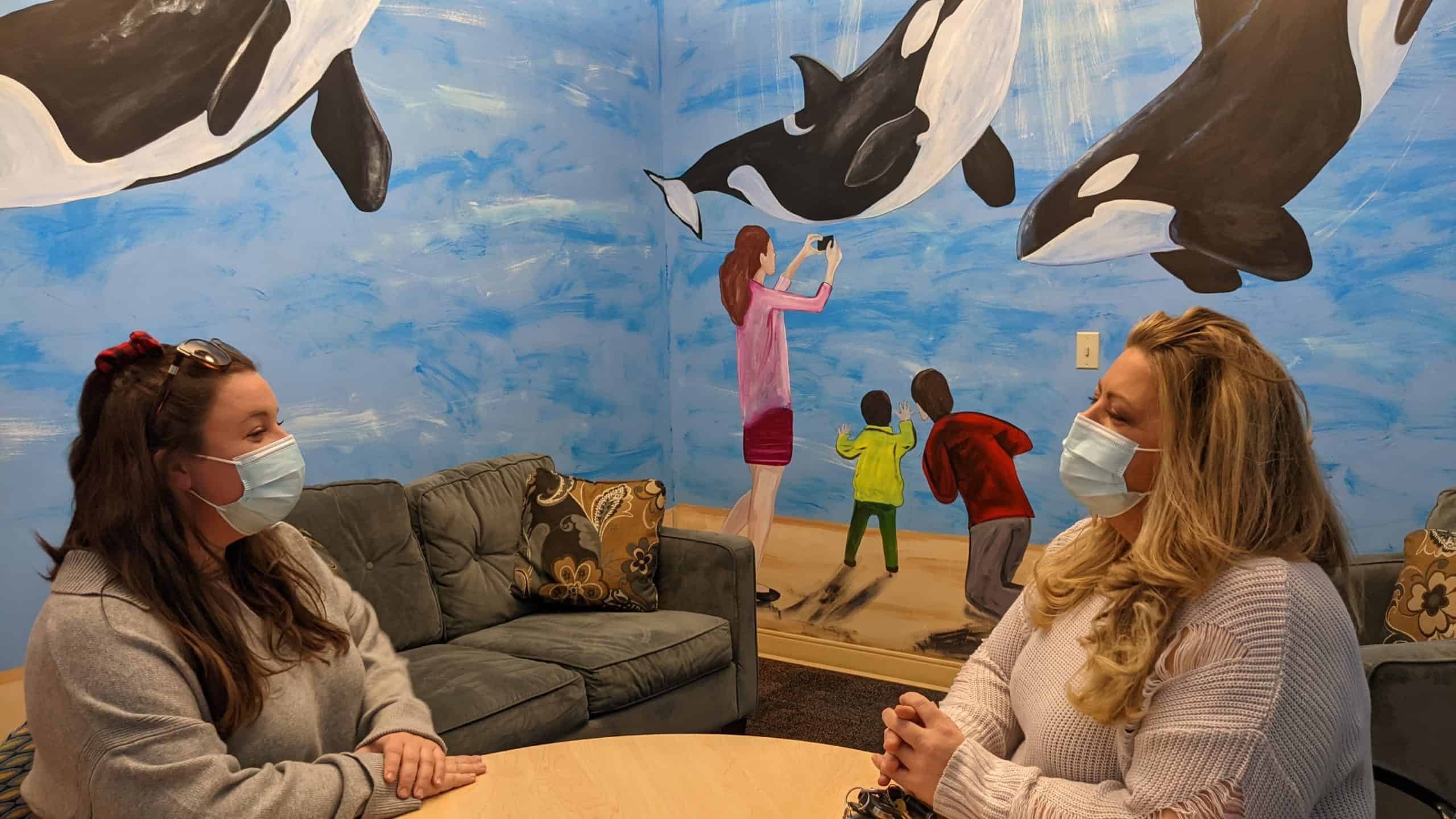
As McMahon Ryan’s fundraising base has grown, they have had to think creatively about how to maintain strong relationships with their donors without straining their capacity or directing staff resources away from the children they serve. Merced says that their tech investments have made this an achievable goal.
“Since I started as Executive Director, we have always sent out thank you notes. But those take a lot of time. [Our donation software] will spit out those letters with my signature, and now we take it a step further: for gifts above a certain amount, I write a personal thank you on it as well.”
Along these lines, McMahon Ryan also invested recently in hiring a public relations firm to teach them more effective ways to grow their follower base and engage with supporters. Now that McMahon Ryan’s staff has received this training, they are better able to leverage social media and other marketing strategies to maximize their reach and impact. One key lesson has been to break down their audience into different demographics and tailor their communications accordingly. “If you’re targeting an older population, you might send out more letters. If you are targeting middle aged donors, email is a great strategy,” says Merced. “But the younger generation – they are more tech savvy so you have to look at Instagram, Venmo, and other things that the audience is tapping into.”
Growing engagement with current and new donors also means keeping a close eye on the issues that are most important to them. Sometimes, it can be easier to create a new initiative that new donors already want to support rather than to convince them to support something that you already have in place. McMahon Ryan launched two special programs designed specifically to address an existing need while also maximizing appeal to donors: a child advocacy program and a prevention education program. Donors were presented with a written report with a description of the project and key data about how money would be spent, how impact would be measured, and more. Each quarter, donors were given a new report with updates showing their progress: “This is what the advocate did. This is how many children they helped. This is the difference that it made,” says Merced. “So many times people ask for money but they don’t show an outcome. People want to see the impact.”
Looking back, many of these developments originated through intensive cooperation between the board and staff. “Our board has been active in looking into different ways to increase revenue, increase services, all of that. Our board helped drive strategic planning,” says Merced. “You have to work really well with your board to put out a strategic plan and actually follow it.” By developing a clear mission and plan, McMahon Ryan has been able to build out these internal systems which end up supporting their programming in the long term.
The Landmark Theater
The Syracuse Area Landmark Theater is one of the most well-known arts institutions in Downtown Syracuse, with a history that stretches back nearly a century. Leading up to 2019, it was attracting more than 100,000 visitors each year who come to enjoy concerts, films, theatrical productions, and private events of many types. Yet it will come as no surprise to readers that the Landmark’s operations came to a grinding halt in March of 2020. Only now in the Fall of 2021 are they finally able to begin inviting the public back in.
Executive Director Mike Intaglietta seized the situation to begin reinvigorating their fundraising efforts. He is candid that many of the Landmark’s challenges in this area had been brewing prior to the pandemic.

The Landmark’s Board of Directors along with their Executive Director are working closely with a fundraising consultant team to update their mission and vision. Instead of just being a venue for concerts and other performances, they hope that people will learn to see them as an institution that expands arts access while also preserving local history.
While the revenue from their events is normally enough to sustain their operations, Intaglietta has learned firsthand that maintaining a historic building is a challenge all on its own. “Old buildings are not cheap,” he says. “We don’t want to think about what happens the next time something like COVID happens, but we want to be in a position where we are ready for it if it does and having a strong donor base is important for that.”
In December of 2020, the Landmark successfully applied to The Gifford Foundation for a grant to support hiring a fundraising consultant team. “When we go to request funding from a foundation, we always try to do it for something that is going to have a real impact on how we operate,” explains Intaglietta regarding why he chose this specific funding request. “This grant will change how we do things long after the actual grant has been spent. This is going to have a forever-impact on the Landmark.”
Collaboration with the consultant team necessitated a significant investment in time and effort by the Landmark’s board of directors, and specifically the Executive Committee. They began by identifying potential donors throughout the community who might be aligned with the mission of the Landmark. Then, the consultants helped facilitate those conversations while providing a roadmap to allow them to continue to do the work after their contract ended.
Historically, the Landmark had engaged with a small network of grassroots donors but had not invested many resources into fundraising nor had they courted larger benefactors. “We were taking in via small dollar amounts close to $50,000 per year which fit with our needs until recently,” says Intaglietta. “We are going to continue to try and improve and grow that, but a 10% increase only amounts to $5,000 and as the [consultants] have taught us – there are people out there who can do that in one shot. So you have to do both. That’s why we hired them.”
The strategy of diversifying a donor base to include patrons both large and small necessitates more than just knocking on doors. Embracing this project has led the Landmark to reevaluate the relationship it has with the community it serves. They pay careful attention to which issues donors find compelling and which they do not. “The number of people interested in funding historic preservation projects is smaller than that who might be willing to fund improving access to the arts,” says Intaglietta. “We are going to be expanding our work to expand access to the arts for underserved populations, doing more to interpret what our building means, and the role that the theater has provided for the community over the years.”
A range of new initiatives are being deployed to reshape the services that the Landmark provides. “What has always been an obstacle for the Landmark in fundraising is that we don’t produce art. We are merely a venue for art to happen, and obviously a historic place and a place in the collective heart of our community, but up until recently we are just a ‘place’”, explains Intaglietta. “We don’t have an individual connection with many of our guests because if we don’t have a show – they aren’t our guests.”
One such project is to engage with Syracuse City School District students, many of whom already have had their interest in theater piqued by programs within their schools. When the hit Broadway musical Hamilton comes to the Landmark in March of 2022, the theater has set aside funds to pay for ever 11th grader to come and see the performance. They will then work with SCSD teachers to use the same curriculum and process which Lyn Manuel Miranda used to develop the story and write the music for Hamilton to create their own projects. These student productions will initially be performed at their respective high schools, but winners from each class will be selected to come and present them on the Landmark’s main stage for friends and family.
Broadening their community outreach and accentuating their historical value has already helped the Landmark attract numerous multiyear gifts of significant value. Intaglietta acknowledges that there is much work still ahead, but encourages other nonprofit leaders to take that initial leap of faith. “[Fundraising] can be a hard thing to start,” he acknowledges, “because if you think about the types of numbers that we use as a goal, they seem unachievable. But if you don’t start, you are never going to get there. If your goal is $1,000,000, you might think that there are very few people with the capacity and willingness to donate that amount. That might be the case, but you start with $10,000 annual gifts and then you work your way up.”
The Landmark’s process of reinvigorating fundraising strategies shows that it does more than just earn new revenue for the organization. It also opens the door to reflecting on the true mission and identity of the nonprofit. Organizations who take on this challenge are forced to put their ear to the ground and ask the difficult questions about what the community needs and to what extent they are satisfying those needs.
Subscribe to the Gifford Newsletter
Start enjoying our free quarterly publication today.
